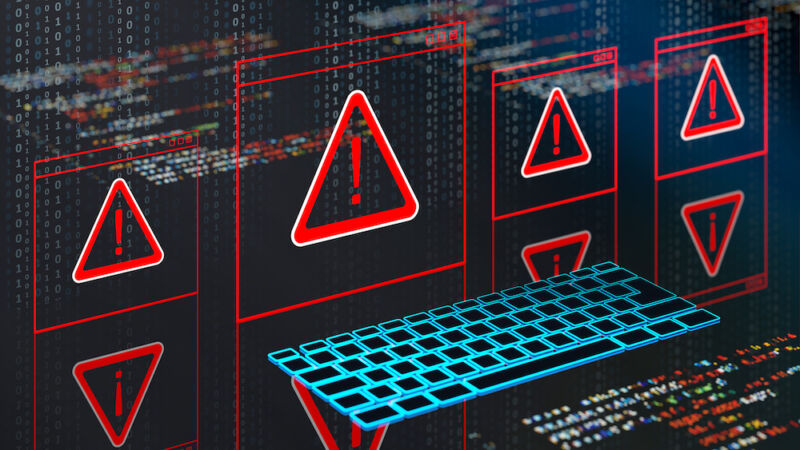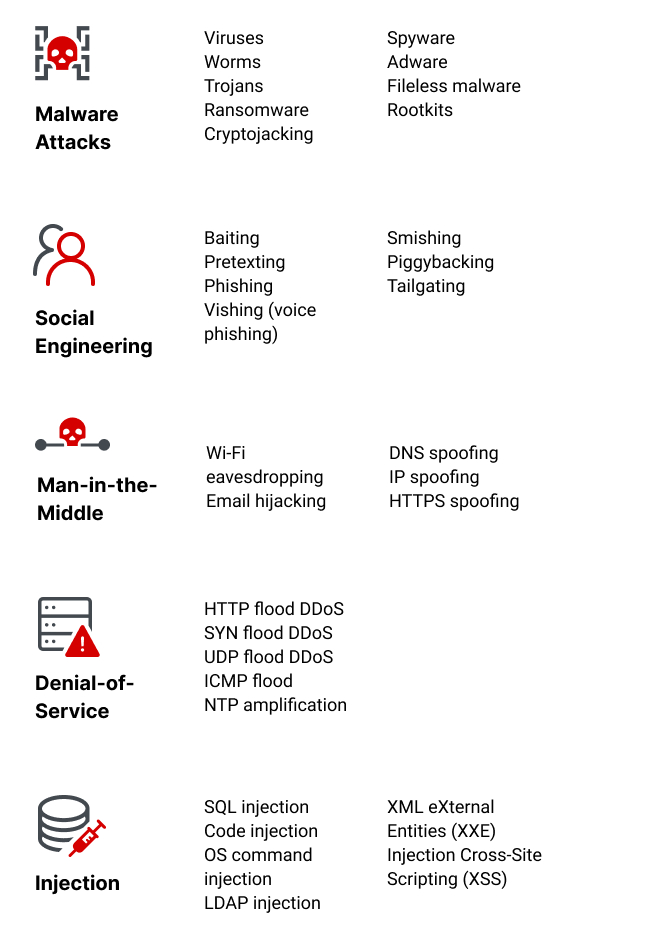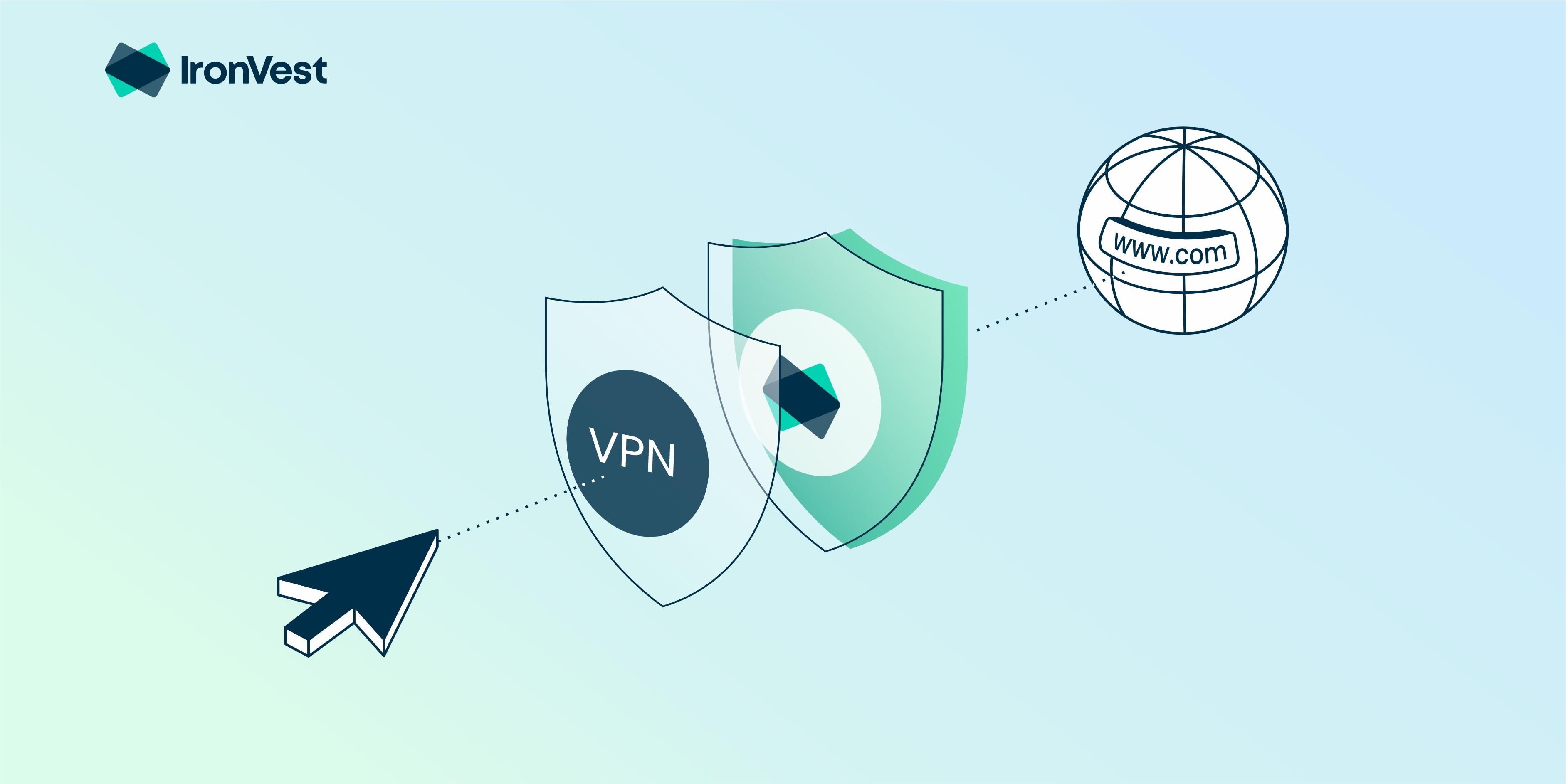
Linux Security Alert: Shim Under Siege
In a shocking turn of events, the Linux community is once again facing a critical security threat. This time, the spotlight is on ‘shim,’ the unsung hero that bridges the gap between Linux and your computer’s firmware during boot. If left unaddressed, this vulnerability could pave the way for malicious actors to seize control of your system.
Unveiling Shim: The Unsung Hero
Shim, the brainchild of Matthew Garrett, serves as the crucial link between modern PCs and servers’ Unified Extensible Firmware Interface (UEFI) Secure Boot and Linux. While it may not be a household name, its role in booting Linux is paramount, making it a prime target for exploitation.
A Brief History Lesson on Shim
Originally conceived in response to the compatibility woes between Secure Boot and Linux distributions back in 2012, Shim has since evolved into a linchpin of the Linux ecosystem. Its inception by Garrett marked a turning point in ensuring Linux’s compatibility with the evolving landscape of computer security standards.
The Vulnerability Unveiled
Recent revelations by Bill Demirkapi from the Microsoft Security Response Center have shed light on a critical flaw, identified as CVE-2023-40547. This classic buffer overflow vulnerability poses a grave threat, enabling attackers to infiltrate systems and potentially deploy malicious software at will.
Exploitation: A Hacker’s Playground
The Achilles’ heel of the shim code lies in its handling of systems booting via HTTP from a central network server. Exploiting this vulnerability demands a sophisticated approach, involving the manipulation of boot sources and overcoming various security barriers. While not a walk in the park, determined attackers could find a way, especially if they’ve already breached the network’s defenses.
The Fallout: Assessing the Impact
While the vulnerability theoretically stops short of compromising firmware integrity, the reality paints a grimmer picture. By granting code execution pre-ExitBootServices, attackers gain a foothold to tamper with the OS bootloader and kernel, expanding the attack surface against the firmware. The severity of the threat prompted contrasting ratings from the National Vulnerability Database and Red Hat, underscoring the widespread implications of this vulnerability.
Mitigation Strategies: Securing the Fort
To shield your Linux systems from potential exploits, swift action is imperative. Patching shim across all your devices stands as the primary line of defense. Alternatively, if network booting isn’t a necessity, disabling this option could serve as a viable workaround.
In conclusion, the Linux community faces a formidable challenge in safeguarding its systems against the looming specter of the shim vulnerability. Vigilance, proactive security measures, and timely patches are the need of the hour to thwart malicious actors and uphold the integrity of the Linux ecosystem.















